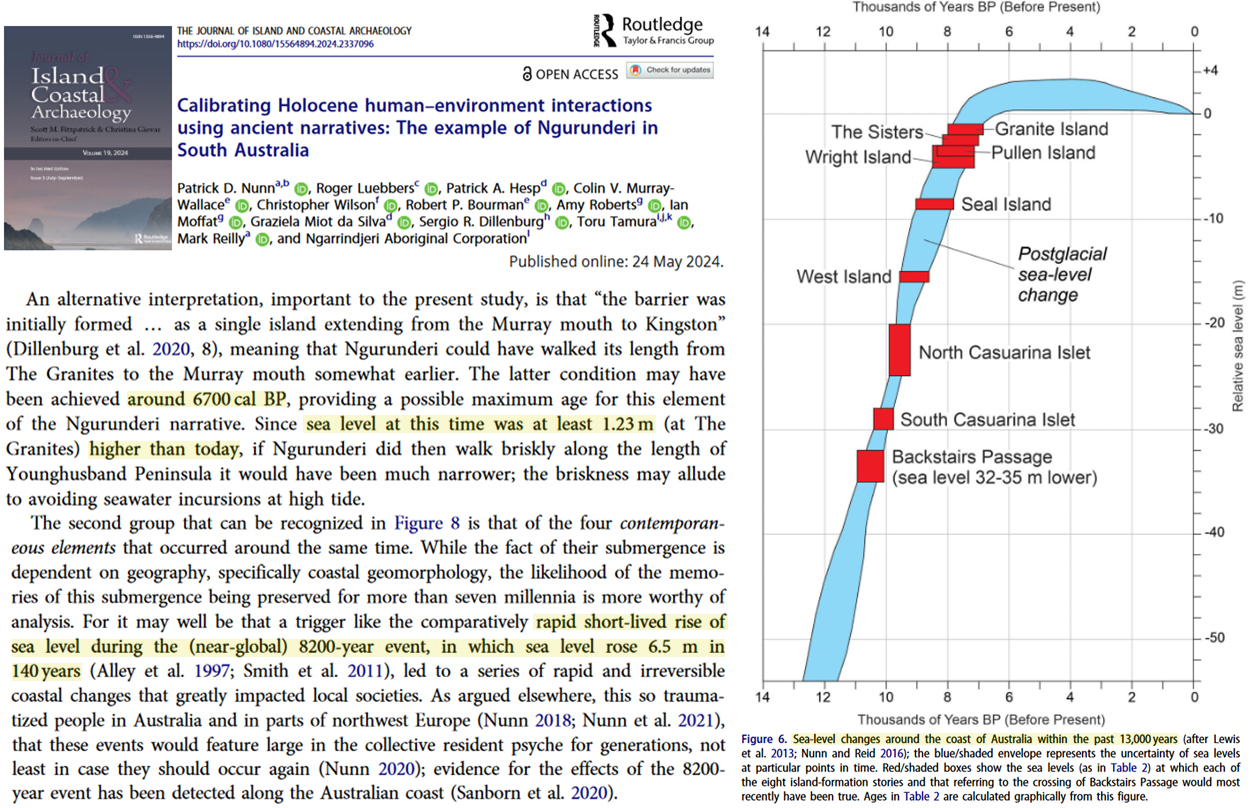by D. Archibald, Aug 28, 2024 in TheWentworthReport
This review was prepared for a Zoom interview on the Sun’s role in climate. Some say carbon dioxide is the controlling variable in climate. That notion is discredited, most recently by a study on variation in the Earth’s albedo. As the following figure from that study shows, all of the atmosphere’s temperature rise this century mirrors the reduction in albedo with no room for a contribution from carbon dioxide:
…
This is consistent with the logarithmic heating effect of carbon dioxide. Half of the warming from atmospheric carbon dioxide comes from the first 20 ppm and then rapidly drops away from there. Carbon dioxide is tuckered out as a greenhouse gas:

From the current 423 ppm, each 100 ppm increase results in a temperature rise of only 0.1°C. The atmosphere will only get to about 600 ppm before we run out of rocks we can dig up and burn. So the warming effect from carbon dioxide is only good for another 0.2°C. There is no human on our planet sensitive enough to feel a 0.2°C difference in temperature. And this story doesn’t have a happy ending. There is 50 times as much carbon dioxide in the oceans than in the atmosphere, so the 800-year turnover of the oceans will take 98% of the carbon dioxide humans have added to the atmosphere down to the Davy Deep and we won’t see it again. A couple of hundred years from now our descendants will be lamenting the annual decline in crop yields due to falling carbon dioxide levels.
…



